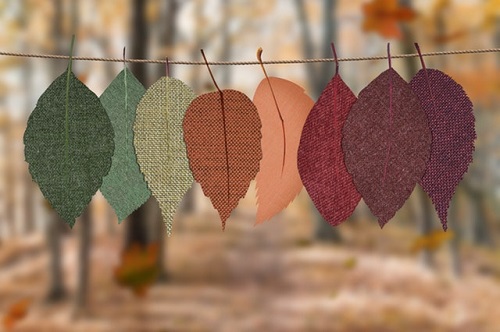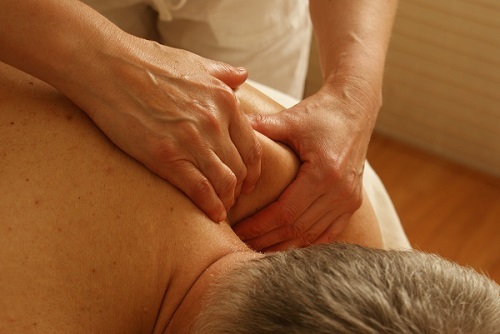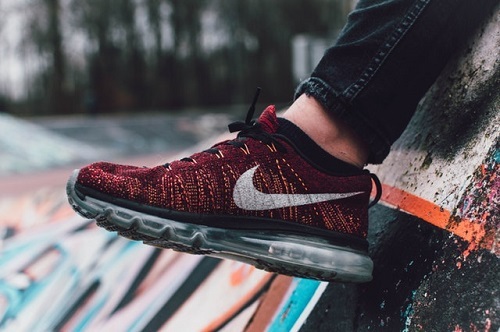 Regions around the country are starting to experience their first tastes of the cooler temperatures and shorter days fall has in store for them. Don’t miss this quick essential checklist for seniors looking to safeguard their health and safety this season.
Regions around the country are starting to experience their first tastes of the cooler temperatures and shorter days fall has in store for them. Don’t miss this quick essential checklist for seniors looking to safeguard their health and safety this season.
Get the Flu Vaccine
Last year’s flu was a brutal one killing upwards of 80,000 people in the U.S. according to the Centers for Disease Control and hospitalizing close to 900,000. While older adults and children are more susceptible to flu complications, researchers found that even young adults were severely affected during last year’s flu season. It is critical that everyone get the flu shot sooner rather than later. Seniors may also want to check with their doctor about the pneumonia vaccines available to them and whether they should get them or not.
Organize Your Medicine Cabinet
Autumn is a great time to get your medicine cabinet organized and stock up on flu prevention essentials like hand sanitizer, antiseptic wipes, kleenex, and over-the-counter supplements you may use to boost your immune system like vitamin C or zinc. Discard old prescriptions you are not using, especially antibiotics. You may be inclined to take an antibiotic if you are feeling ill, but you could possibly be helping your body build up a bacterial resistance when really you have a virus at work. Always talk to your doctor first.
Cold-proof Your Home
As the temperatures outside drop, you may be noticing more drafts in your home. Windows and doors that don’t properly shut or seal could be letting cold drafts in through your home that can make you cold and also increase your vulnerability for getting sick. Address any visible drafts you can find, rearrange furniture to block cooler air coming in from windows, and go ahead and get out your favorite throw-blanket to have handy on your couch or recliner.
Check Batteries
Everyone, especially seniors who utilize wood stoves, fireplaces, and space heaters, should check their carbon monoxide and smoke detector batteries this fall. Plan on testing the alarms on these detectors every month to make sure they are working properly as well. If you are a senior who has trouble affording high heating bills during the winter, don’t risk your health safety. Talk to your local Council on Aging or utility company to find out if there are heating assistance resources available for older adults in your area.
Protect Against Falls
It’s not just inclement icy weather that can put seniors at a higher risk for falling during cold weather months. Factors like increased joint pain or difficulty exercising because of cooler weather can also make seniors with chronic conditions like arthritis, diabetes, and heart disease more likely to experience a fall inside their home. Upgrade your living environment to guard against falls this autumn with easy-to-use tools like grab bars, bed rails, safe bathroom steps, and non-slip bath mats.
Make Sure You Can See
Ensuring your visibility this fall is a three-fold operation. One, make sure you have gotten your annual vision checkup done so that you know you are seeing correctly or have the prescription aids to do so. This will lower your risk of falling or having a driving accident. Two, test the lighting throughout your home and replace bulbs that are dimming or simply aren’t bright enough. Three, don’t forget that clocks fall back an hour in early November which means that your evenings get quite a bit darker. You may want to plan outings and travel accordingly.
Plan for Solitude
Even with holidays like Thanksgiving and Christmas, the fall and winter months can still leave many seniors on their own, especially when freezing temperatures or bad weather make it difficult to get out and about. For seniors, fall may be the perfect time to learn how to use technology to maintain contact with the outside world and stay connected with friends and family. This may include learning to live video chat with Skype or Facetime, or simply joining social media platforms like Facebook.
Prep for Bad Weather
Are you ready for bad weather? In addition to coats, scarves, hats, gloves, and boots, you’ll want to make sure that you have backup supplies of water, food, prescription medicines, and first aid items both in your home and in your car. Don’t forget battery-operated flashlights and candles that will come in handy in a pinch if your power is knocked out in a snowstorm. It may also be a good idea to have an action plan in place with your family or care network so people know how to get a hold of you or check on you should you live alone when nasty winter weather strikes.


Comments